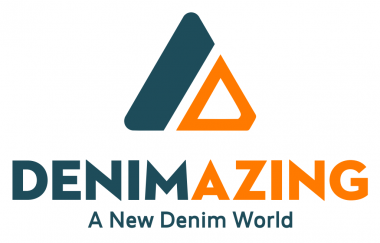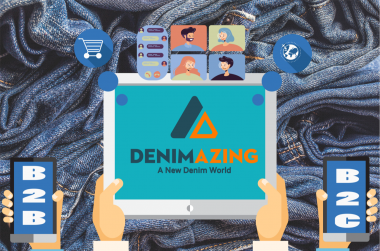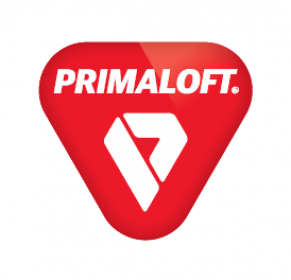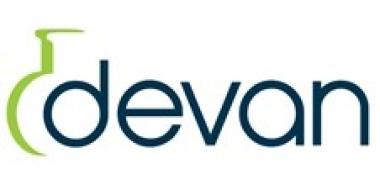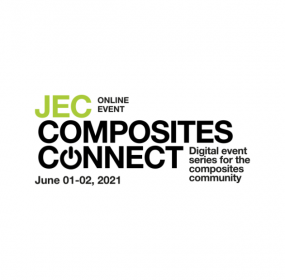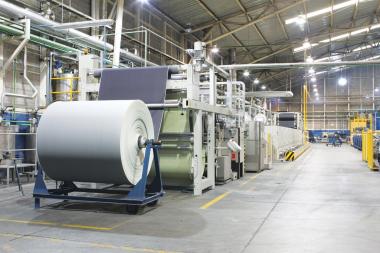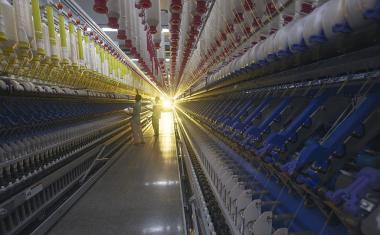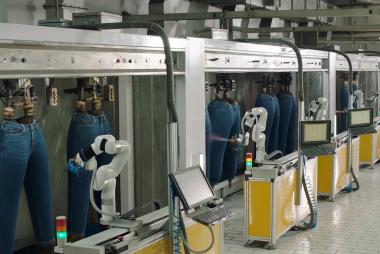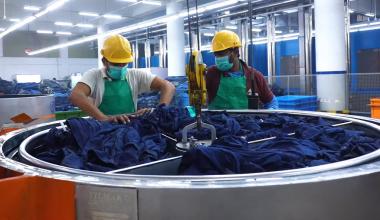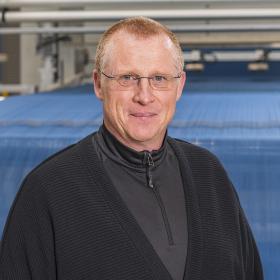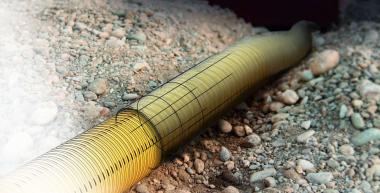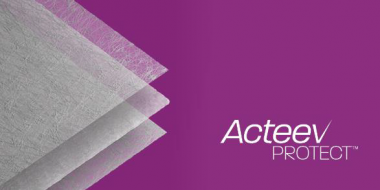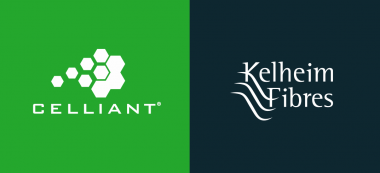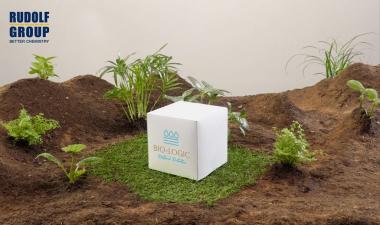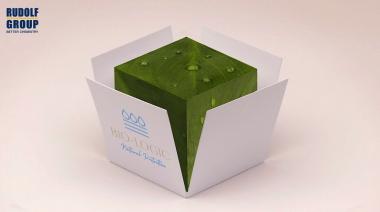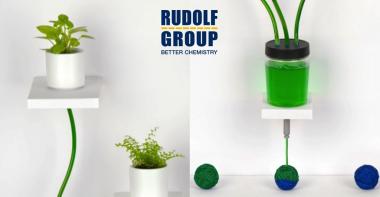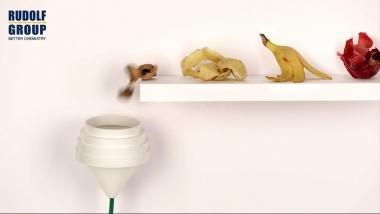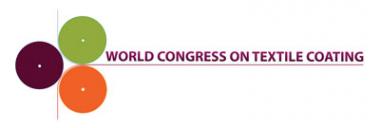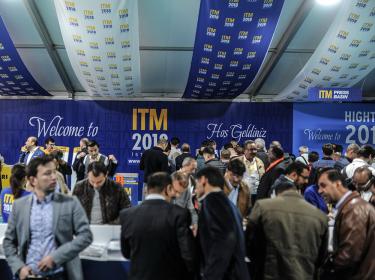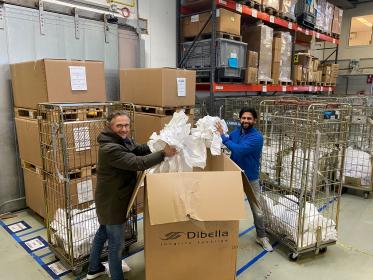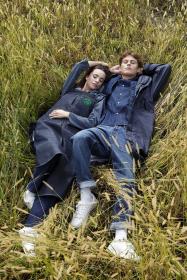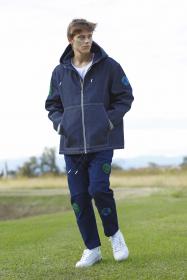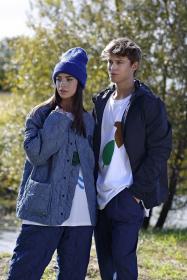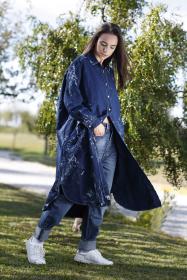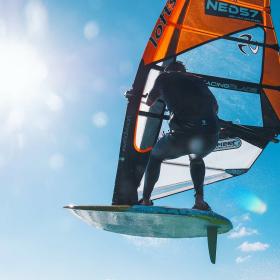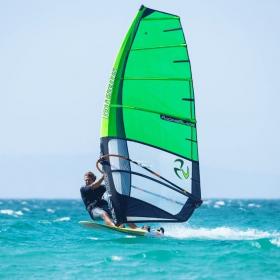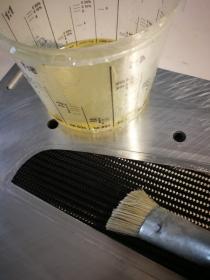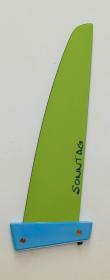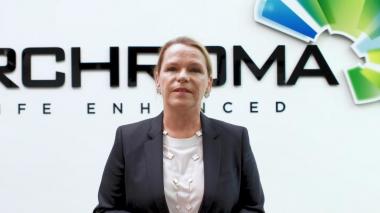DENIMAZING: a new denim world
- The new platform created for b2b / b2c online sales entirely dedicated to the business of denim.
The year 2020 witnessed an acceleration in the importance of online sales. It is now clear to anyone involved the business of sales that e-commerce represents the future.
That’s when the creative idea by Laura Pianazza, founder of DENIMAZING (combination of DENIM and AMAZING), was launched on the platform powered by VELVET. Its prime objective is to help small and medium sized companies to increase their online sales, focusing on the development of marketing strategies in an omnichannel environment thanks to an intelligent balance between technology and professional experience.
Laura Pianazza derives her professional experience from the editorial sector, where she was active for many years on a European level for a trade magazine specialized in the denim business. Thanks to this background, she was able to develop a strong network of contacts with entrepreneurs, top management and marketing agencies. Her constant interaction with customers shed light on the digital challenges present in most Italian companies: firstly, the fragmentation of services offered online and, secondly, the lack of integration between technology and marketing strategies. The latter is the one most often neglected by firms and Laura recognized many risked not being well prepared for this transformational shift in business by investing little time and at a slow pace.
The DENIMAZING project works side by side with denim fabric manufacturing companies (b2b), finished product brands and distribution companies (b2c), all with the same common denominator: denim. A unique service assisting raw materials manufacturers in finding market niches in companies that create product, who in their own right would like their brand to be seen and sold to a growing customer base. In the b2b landscape, companies can sell their own fabrics by the meter thanks to their own 3D presentation and customers can virtually visit their showrooms. Similarly, brands will have the same possibility to sell their creations as on a real e-commerce site, thanks to virtual tours in their showroom and specific areas for sales and/or chatting/videocalls with end-customers. Instead, for companies providing supply chain services (coloring, washing, etc.), individual virtual rooms will be made available inside the marketplace, in order to speak directly with sales managers from brands and the fabric companies.
The business side is just one aspect of this project. Thanks to its partnership with the marketing and online sales agency VELVET, DENIMAZING grows based upon a series of key tasks during different phases, namely: platform construction, marketing and advertising, both traditional and via web and social medias.
Not only has Laura has added a series of high-level technology/web master courses to her experience, but DENIMAZING also brings together a team of qualified professionals having a longtime experience in different fields of the denim business: sales, entrepreneurs, web design and marketing, while the end-customer will be in direct contact with the headquarters for assistance, customer care and updates.
EFFE-BI SRL
PR MEDIA AGENCY


